I was born in the Viet Bac resistance base, and moved to Hanoi at the age of two. It wasn’t until I was seven that I learned about another province, Thanh Hoa. And there is some kind of fate that makes Thanh Hoa a place with many memories attached to my family.
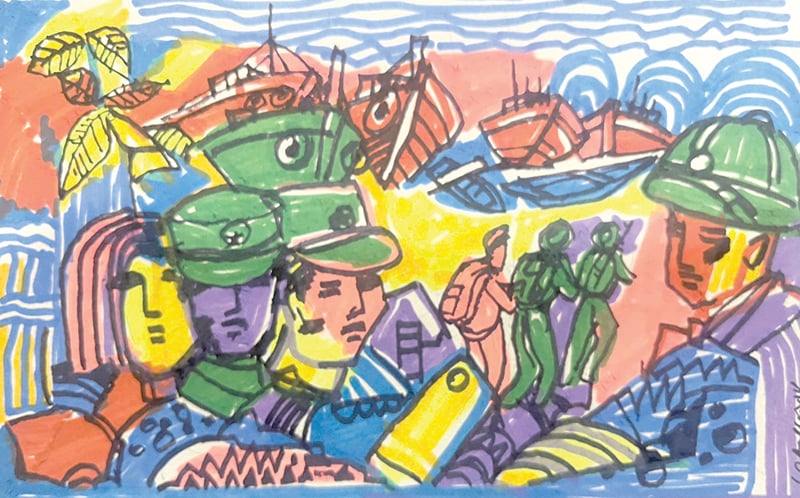
In early 1954, my father, who was then a cadre in the Central Youth Volunteer Command, was sent to Ngoc Lac district to organize the establishment of Thanh Hoa's frontline civilian labor teams to serve the Dien Bien Phu campaign. Once, my father let me go with a group of children from the office to Sam Son for camping. At that time, this place was just a commune, a fishing village with temporary tent houses, rows of casuarinas and white sand beaches. We were able to light a campfire and interact with local friends. For the first time, I got to eat fresh sea fish, have fun with the children here and was given some pretty shells.
Later, since 1988, my colleagues and I often took our families to Sam Son for summer vacations, we must have been there more than ten times. I witnessed the changes in Sam Son since the time when the only place that had the largest nursing home of the Ministry of Health near Doc Cuoc Temple was the one with almost no hotels or large motels around. Returning five years ago, it was impossible to recognize the Sam Son of the subsidy period. Even more impossible to recognize the location of the orphanage that I went to. The teenagers who gave us the shells back then are now grandparents, where are they now?
Along with the general development of the country, Thanh Hoa has changed a lot today. The living standard is much higher. In my memory of a time I came here to work when I was still in college, I could redraw the route from Thanh Hoa station to Dong Tho commune (now Dong Tho ward, Thanh Hoa city) of my classmate named Dam Tien Quan, but the landscape of Dong Tho today is almost completely different. When I came back to visit this place, I had to ask Quan to be my tour guide to re-imagine some of the old scenes. Dam Tien Quan studied in the Radio class at Hanoi University of Science and Technology with me, and later worked at Thanh Hoa Television Station. We still occasionally met at class reunions.
Thanh Hoa and the people of Thanh Hoa have many memories that are close to me, but the most profound one is Deputy Captain Nguyen Quang Tan, the commander during the war against the Americans. I fought with him during the last months of the war.
It was early 1975, our 320A Division secretly moved from Pleiku to Dak Lak to prepare for a new campaign that we later learned was the 1975 Spring Campaign on the highlands. Due to the new mission, the regiment's special forces company was disbanded and Tan was assigned to be the Deputy Company Commander of my company. During the war, most special forces units, especially water special forces, mainly recruited people from Thanh Hoa. They were healthy, resilient and had a very strong fighting spirit. Tan was very knowledgeable about the mountains and forests, so immediately our soldiers benefited from his resourcefulness.
The unit's marching route from West Pleiku to Dak Lak was along the west side of Highway 14, about ten kilometers away. This place had not been a battlefield before, so there were many primeval forests. We encountered many wild animals along the way, and they were very tame because they had never met people. But because we had to keep it a secret, we were not allowed to shoot. Seeing us express regret, Tan smiled and said to rest assured, he would find a way for us to improve. So one day, walking next to a dry stream, we saw several holes as big as bomb craters, with fish thrashing around densely. Tan said that during the rainy season, fish from the stream swam in here, and when the water receded, they couldn't swim out in time, so they had to live in those holes throughout the dry season. He suggested that the company command be flexible and allow the unit to stop for about an hour. We used a net made from a net. We only had to scoop it back and forth across the hole a few times and caught nearly ten kilos of fish, many of them as big as a hand. That night, the whole company had a fresh meal.
When we arrived at the new location, while preparing for the ambush to cut off Route 14 to prevent the enemy from coming to Buon Ma Thuot to rescue, we still had time to celebrate Tet At Mao in the middle of the jungle. With only a little sticky rice, green beans and pork provided on the spot, we organized to wrap banh chung, each person got one. But we were surprised to have “fresh” food thanks to Tan’s resourcefulness. Having noticed it during several searches, Tan led a dozen soldiers to a shallow, deep stream at noon. There was a herd of wild boars foraging in the stream. Tan ordered his soldiers to block both ends with sticks. The pigs ran in two directions, but we managed to catch two. So in addition to banh chung, we had wild boar meat.
Then we went to Cheo Reo, Phu Bon to block the enemy units that were evacuating. We ran out of breath on the forest path, moving for 12 kilometers. Tan stuck close to his comrades, continuously carrying supplies for the weak soldiers. Then we followed Route 7B to pursue the enemy and attack to liberate Tuy Hoa town. The enemy was now losing a lot of battles, their morale was in disarray, but many of their units were still stubborn, holding out in many places. The company commander was sacrificed right from the start, Tan commanded the main force, leading the unit to chase the enemy along the main road in the town. We destroyed many enemy resistance nests. But when we followed the attacking tank to near the sea, the enemy burned our tank and Tan and two soldiers running behind were seriously injured.
We still had more than a month to go until the final match, but I left Tan since then.
After returning to normal life, I went to Thanh Hoa many times, asked around but could not find Mr. Tan's house, only knew he lived in Dong Son.
Thanh Hoa is a very large and beautiful land, famous for many heroes and great men of the nation. I worked at Bim Son Cement Factory for several years, visited Lam Kinh relic site, Ho Dynasty Citadel, Cam Luong sacred fish stream...
2025 marks the 50th anniversary of the end of the war and the reunification of the country. As soldiers of the war, we have many things to remember about the lands we have passed through; and Thanh Hoa, to me, is a memorable land with many fond memories.
Writer Vu Cong Chien
Source: https://baothanhhoa.vn/manh-dat-tinh-nguoi-238009.htm



![[Photo] Prime Minister Pham Minh Chinh meets with President of the Republic of Burundi Evariste Ndayishimiye](https://vstatic.vietnam.vn/vietnam/resource/IMAGE/2025/4/4/979010f4c7634f6a82b8e01821170586)
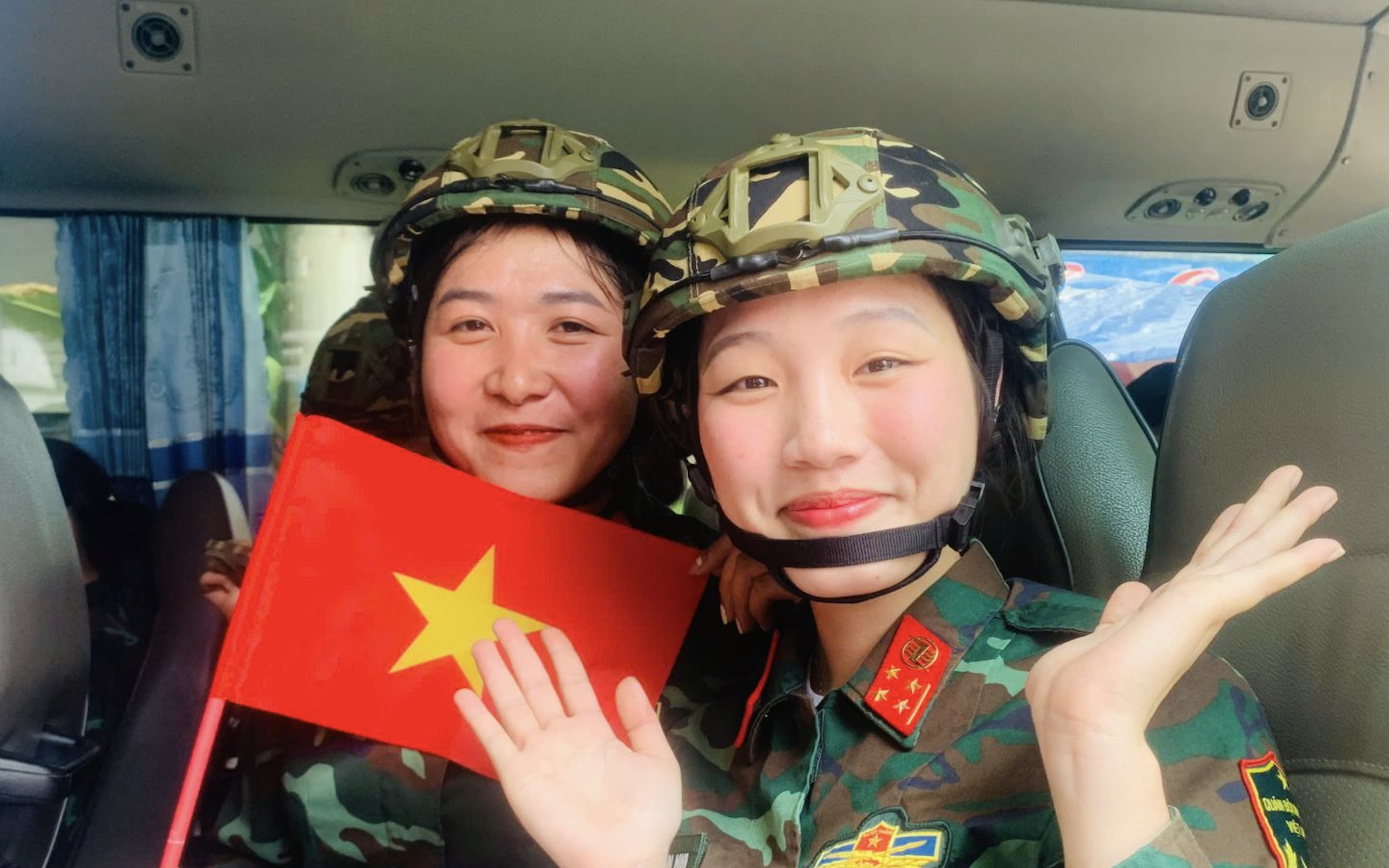
![[Photo] Hanoi flies flags at half-mast in memory of comrade Khamtay Siphandone](https://vstatic.vietnam.vn/vietnam/resource/IMAGE/2025/4/5/b73c55d9c0ac4892b251453906ec48eb)
![[Photo] Dong Nai people warmly welcome the forces participating in the parade](https://vstatic.vietnam.vn/vietnam/resource/IMAGE/2025/4/5/ebec3a1598954e308282dcee7d38bda2)


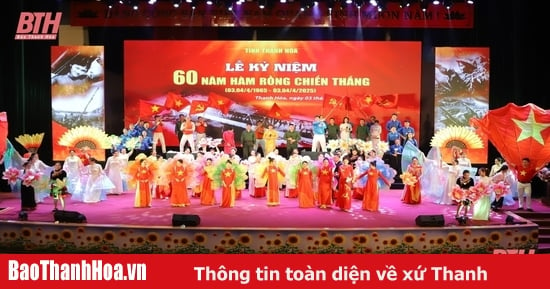
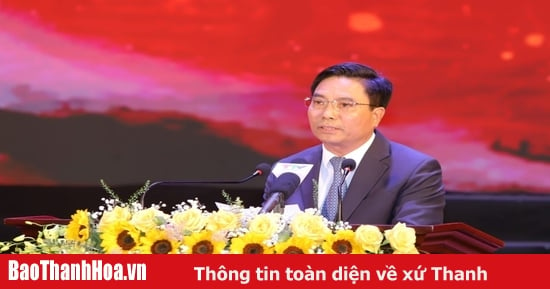


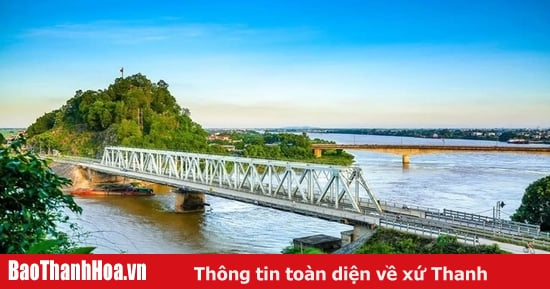
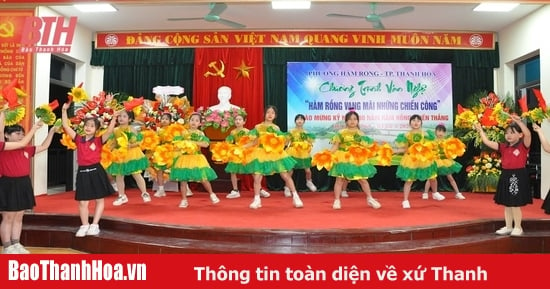
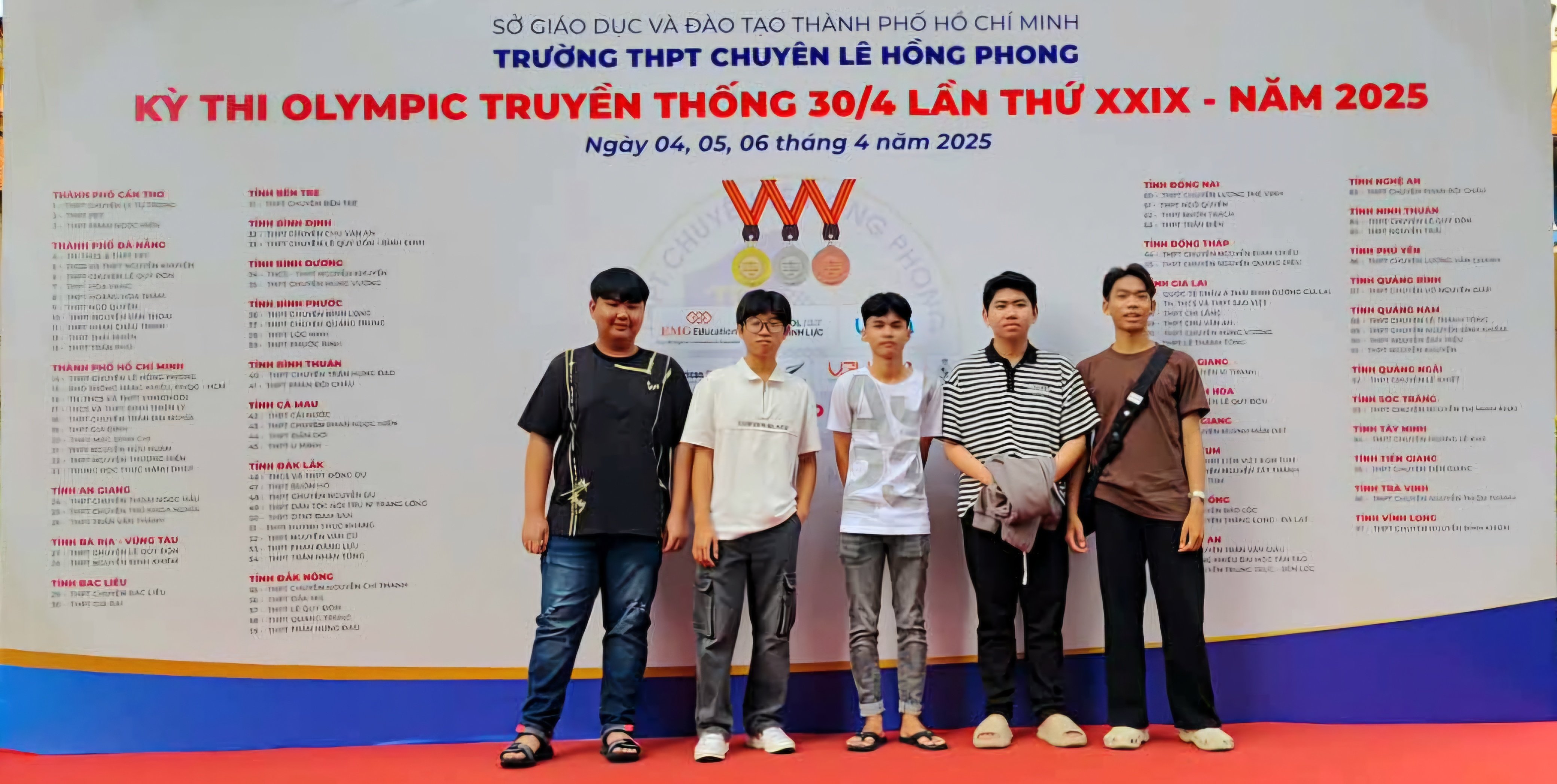
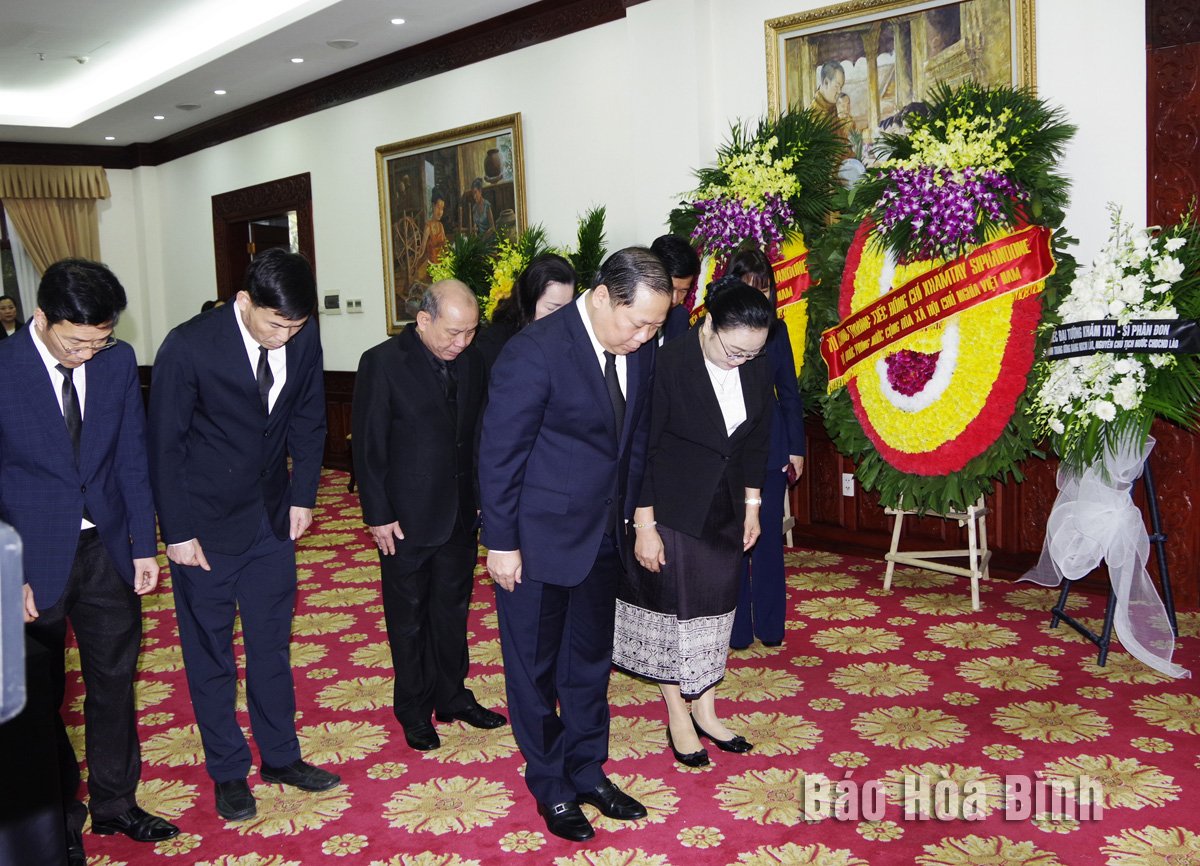
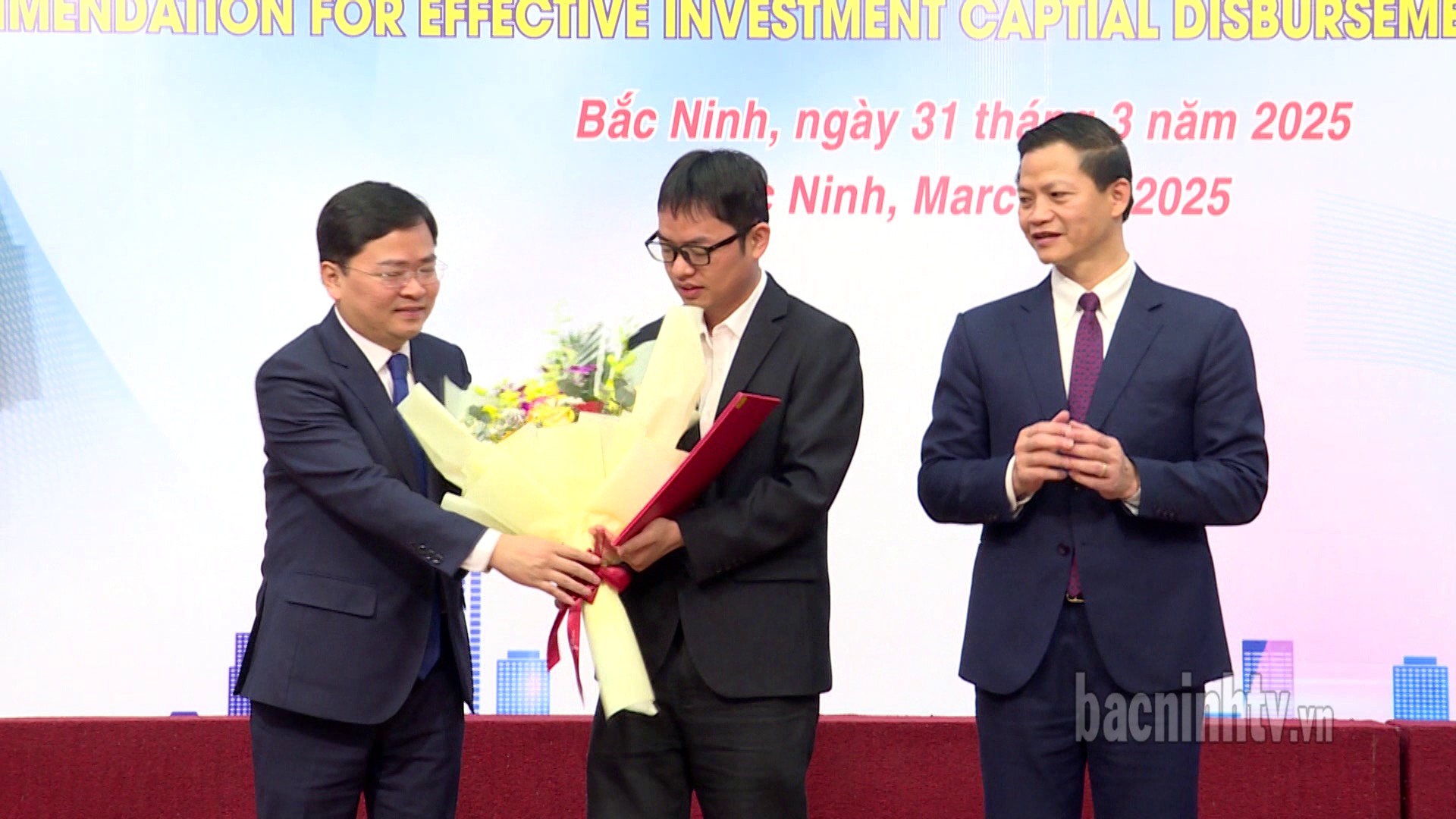
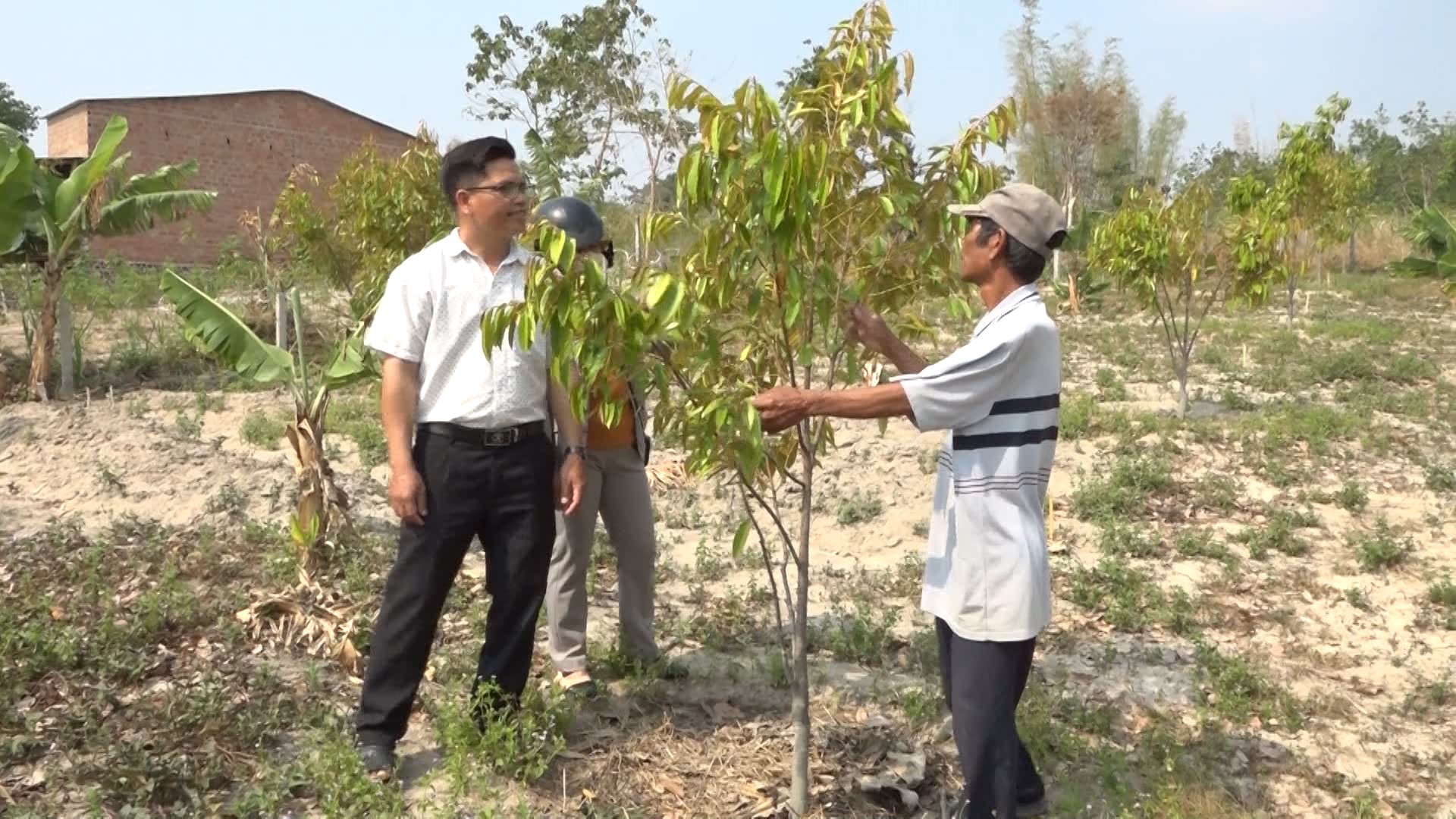
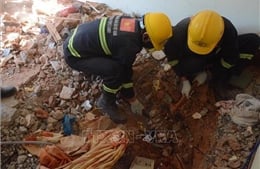
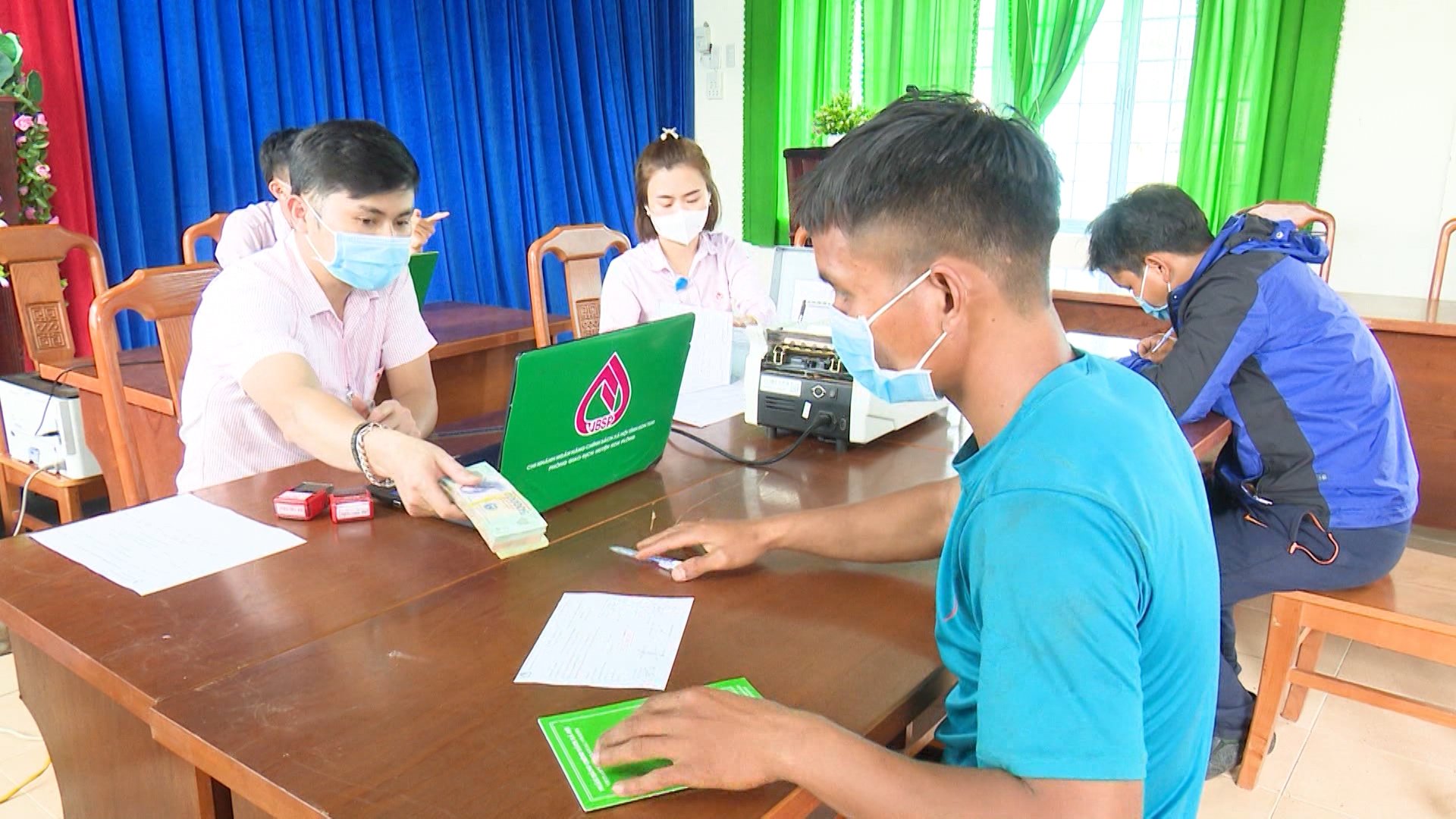


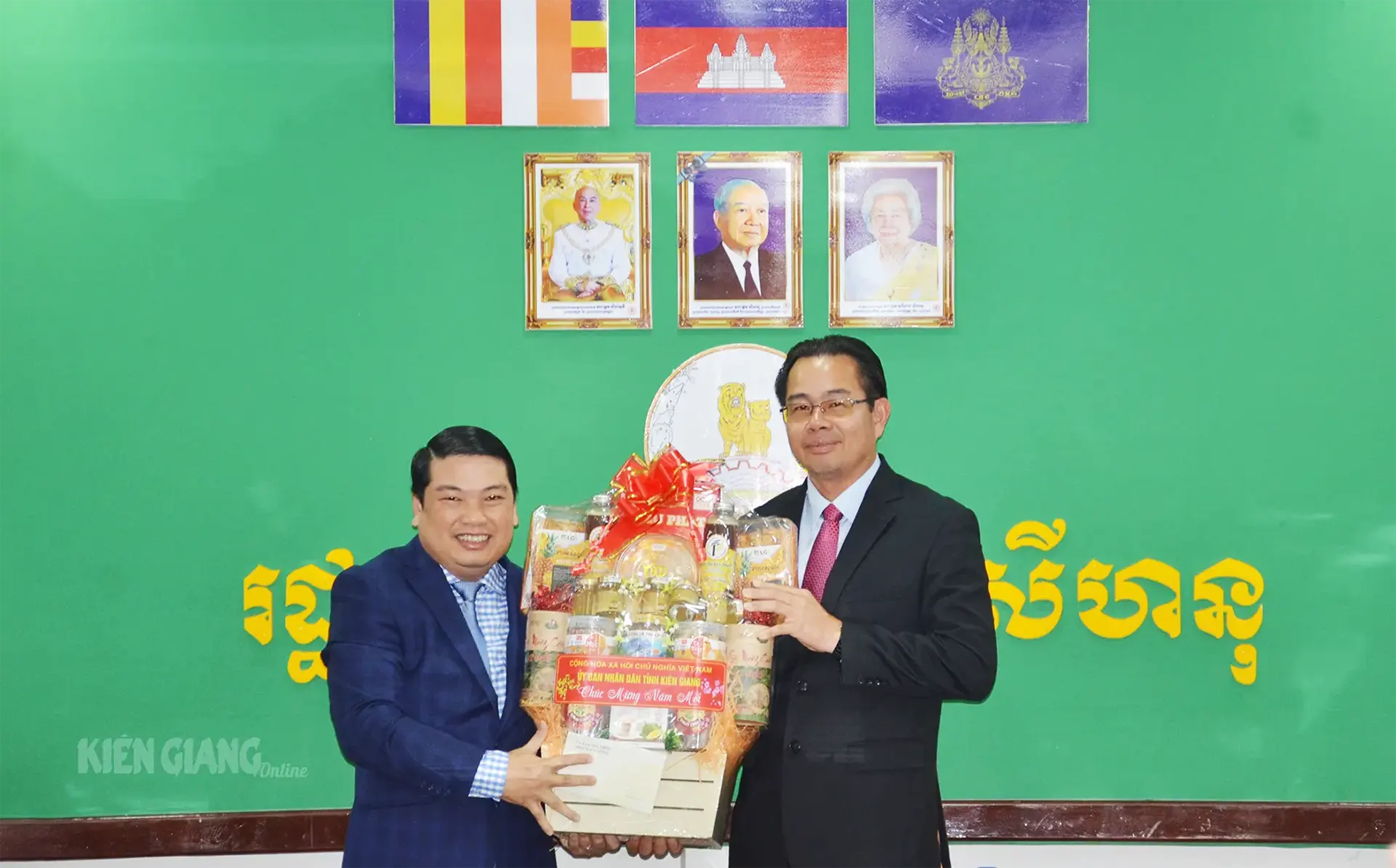
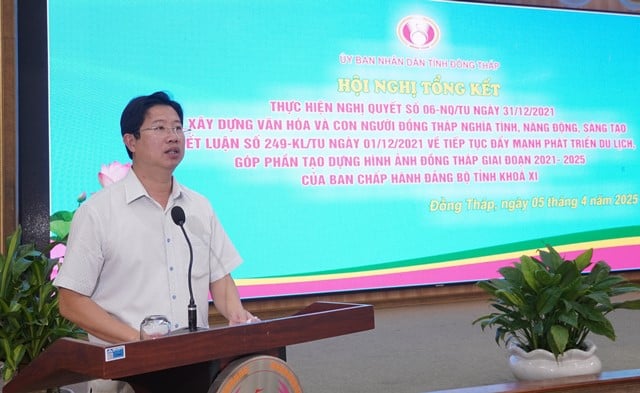
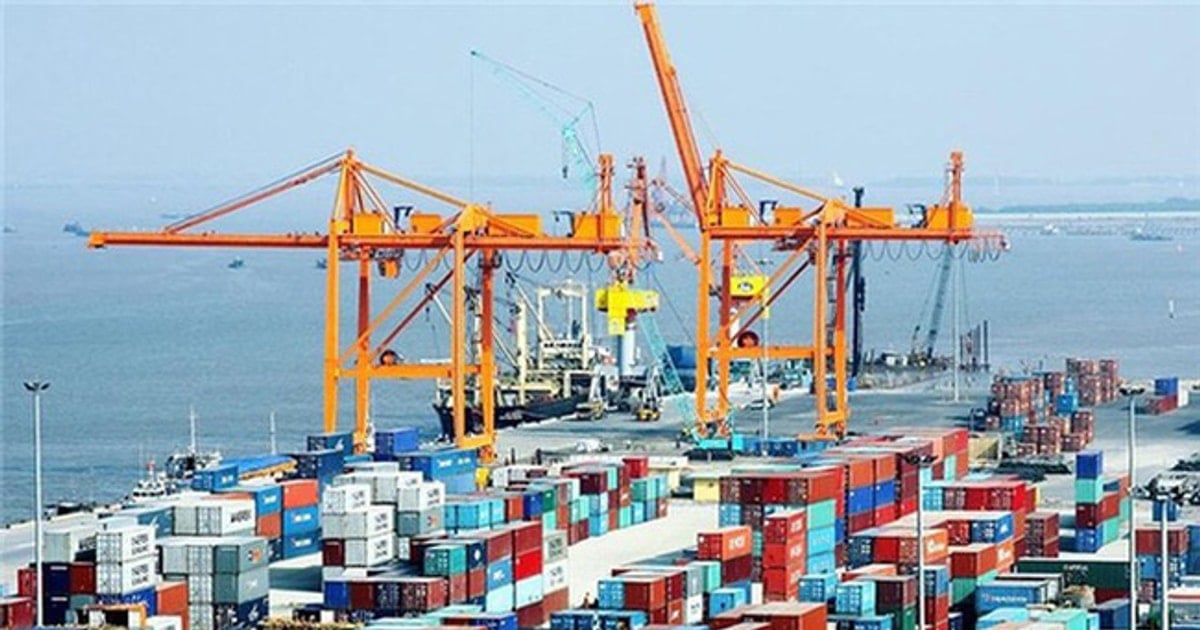
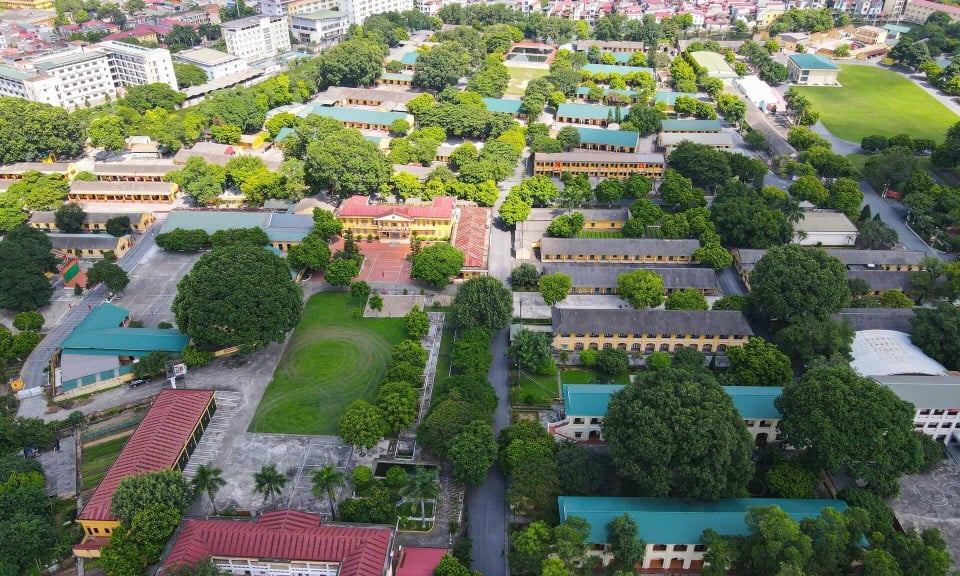
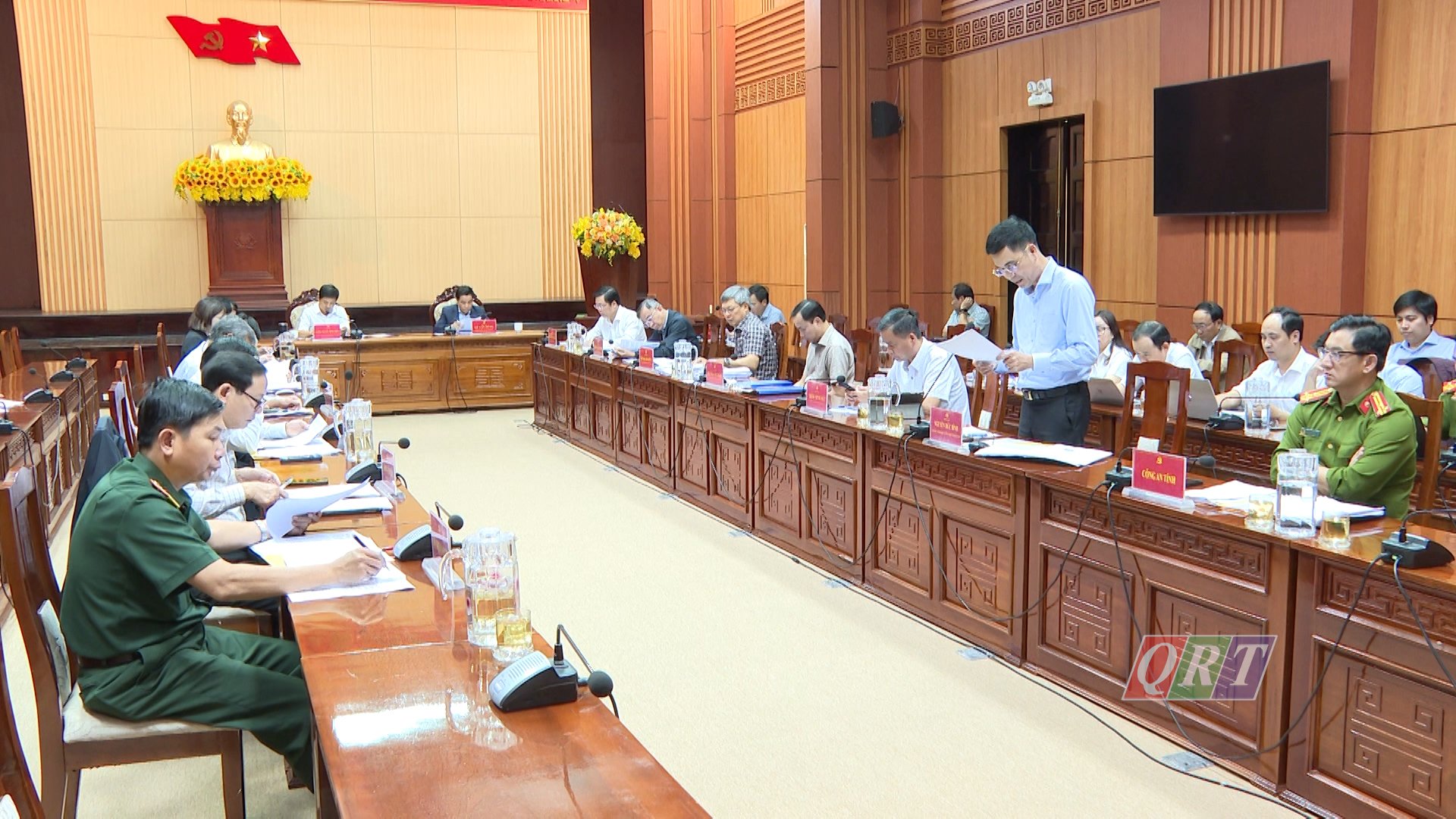
![[Photo] Parade rehearsal on the training ground in preparation for the April 30 celebration in Ho Chi Minh City](https://vstatic.vietnam.vn/vietnam/resource/IMAGE/2025/4/4/e5645ddf85f647e6a25164d11de71592)
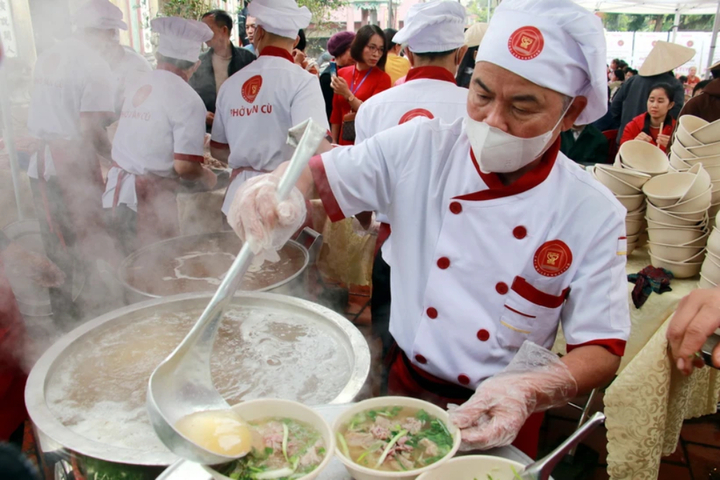

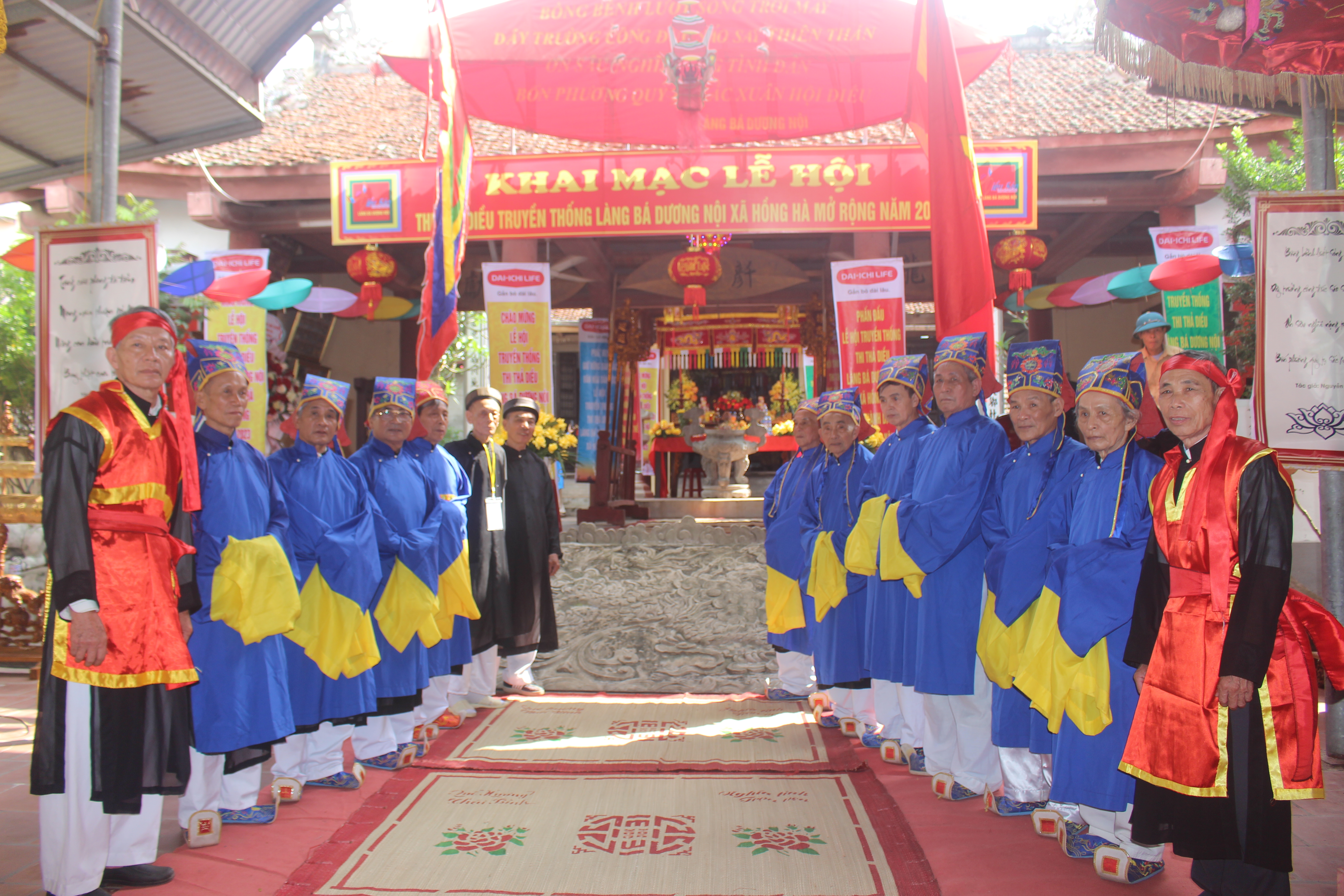

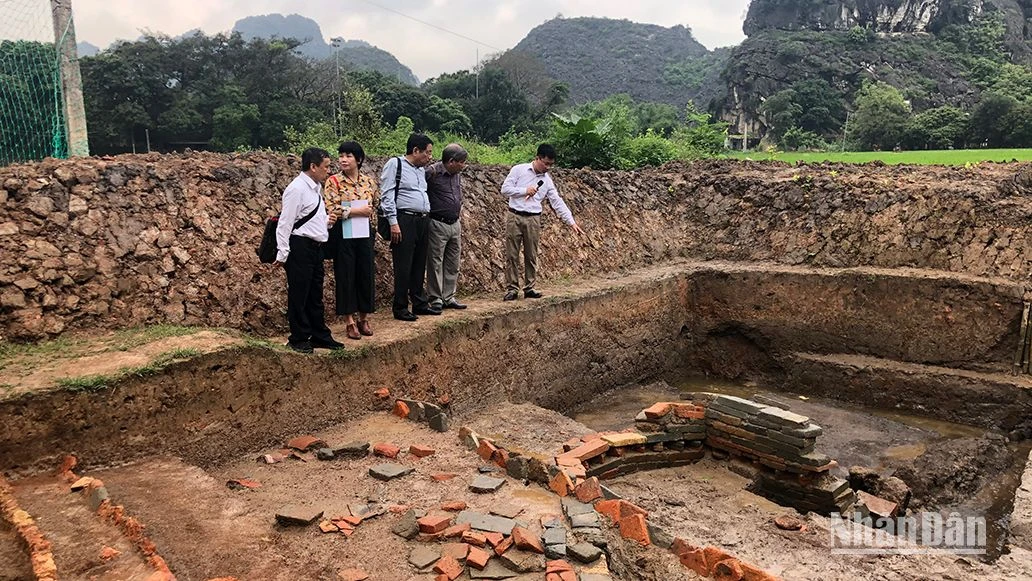

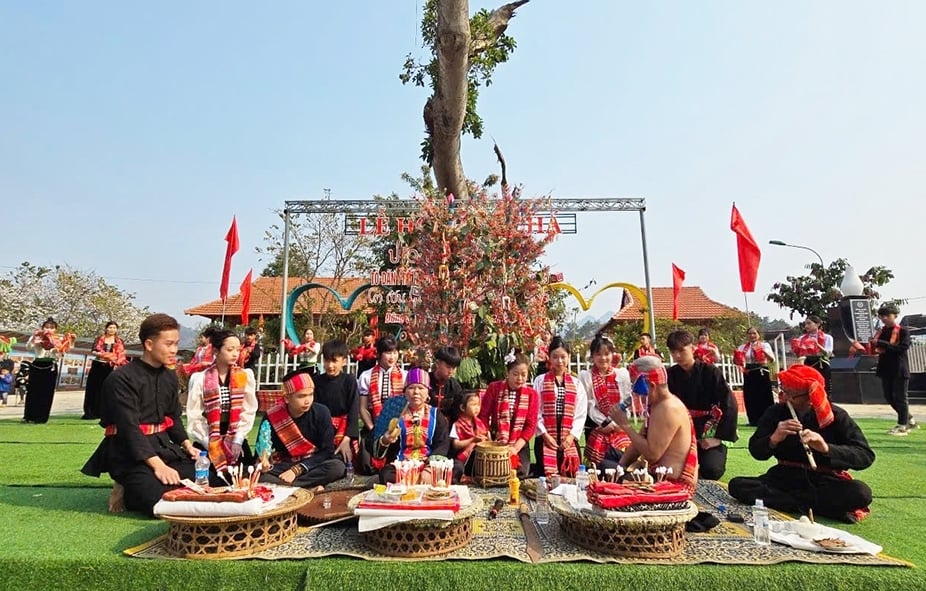

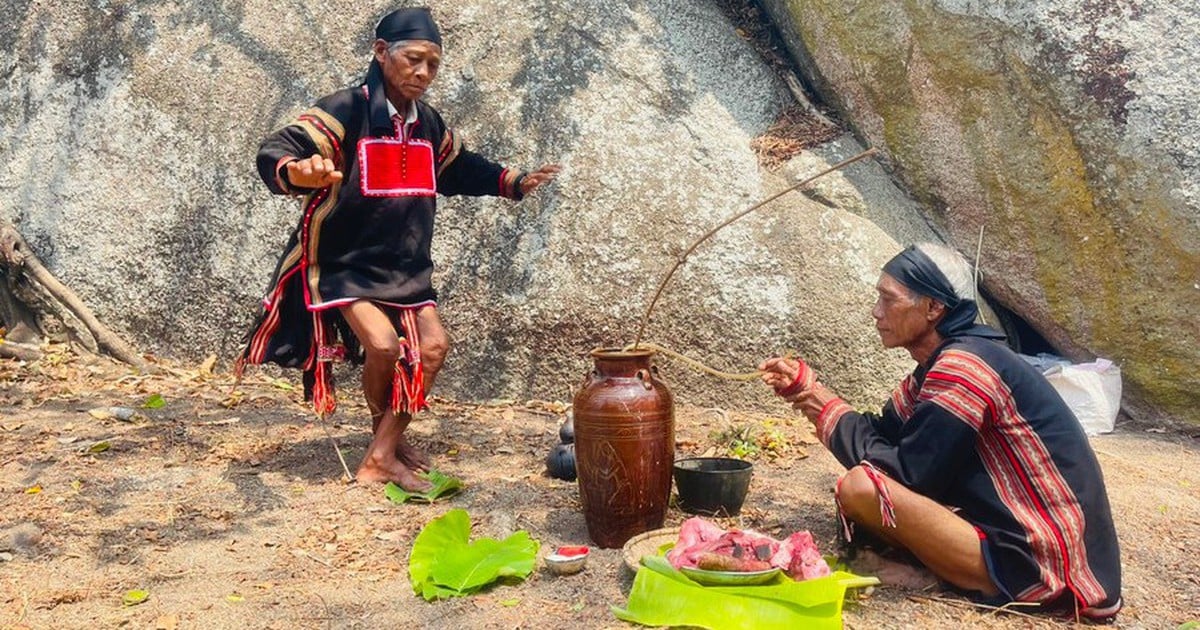



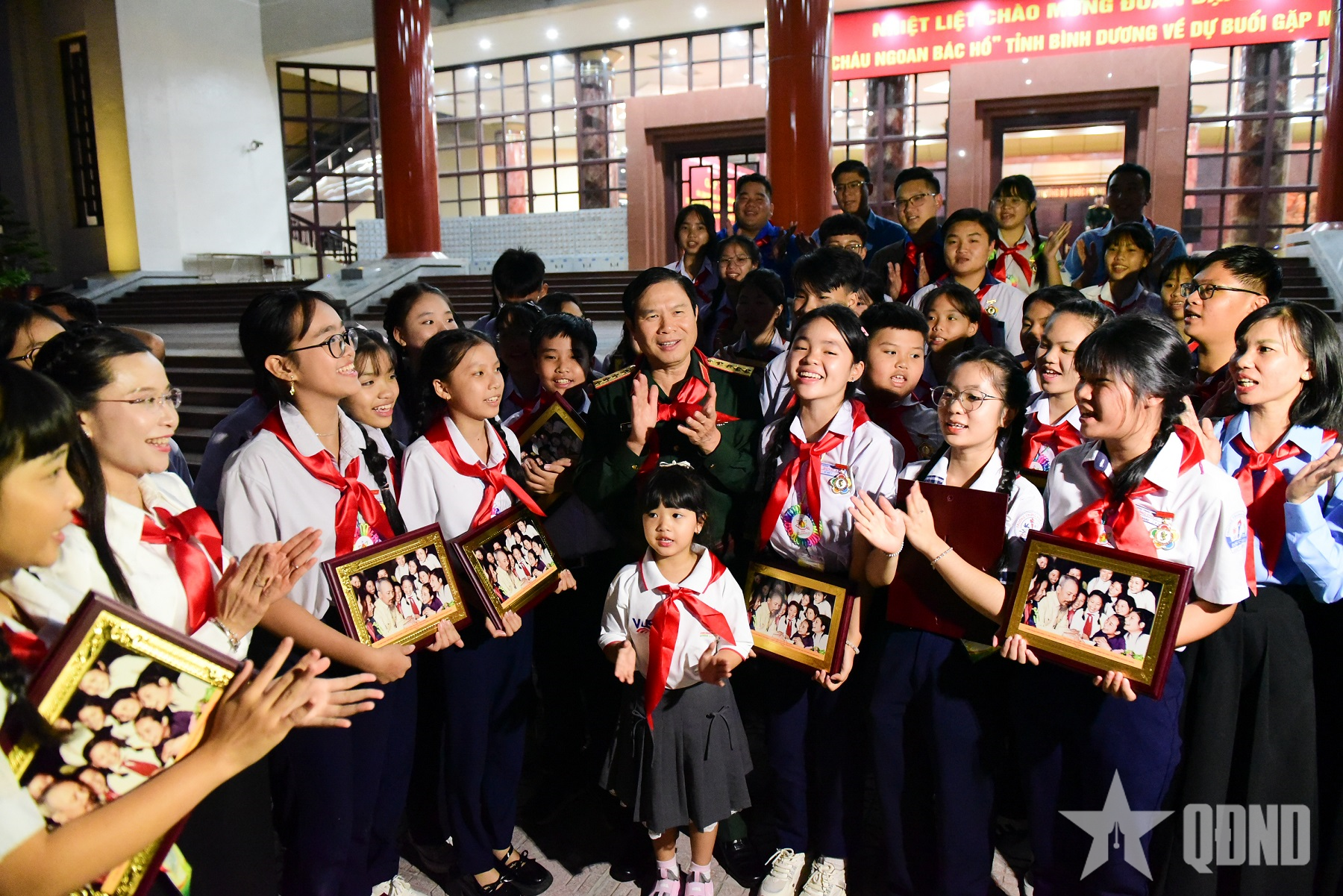














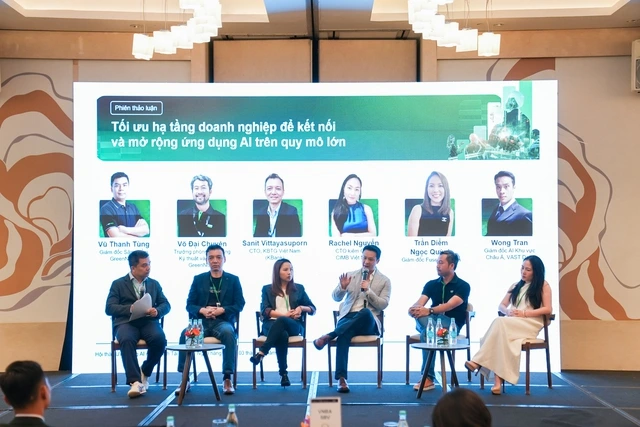
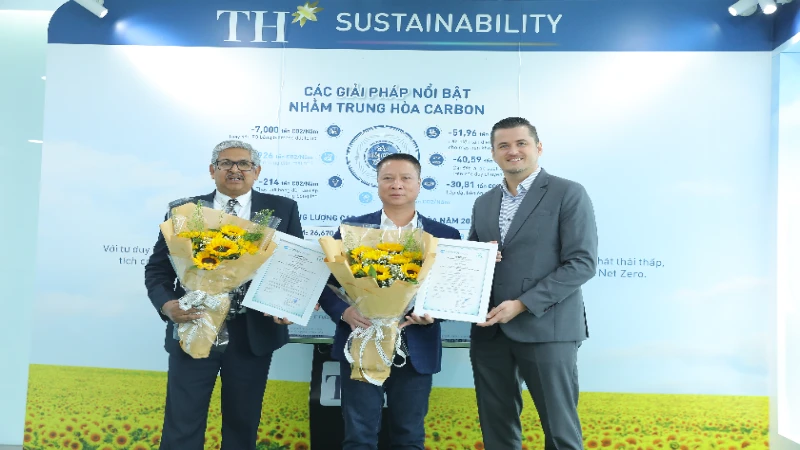
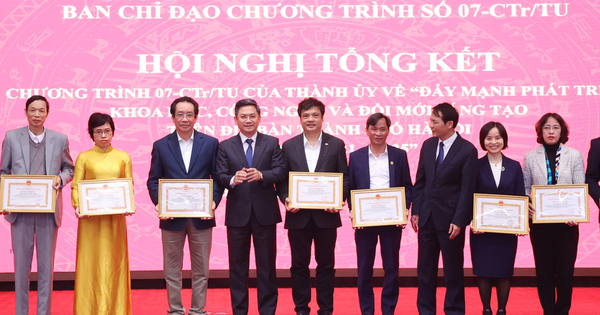

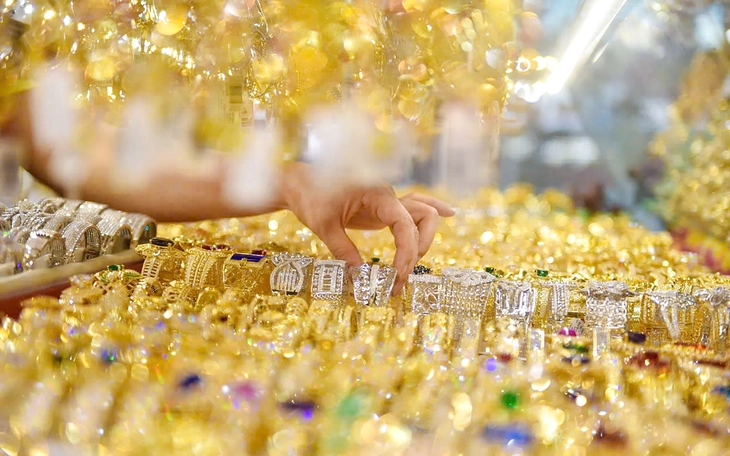


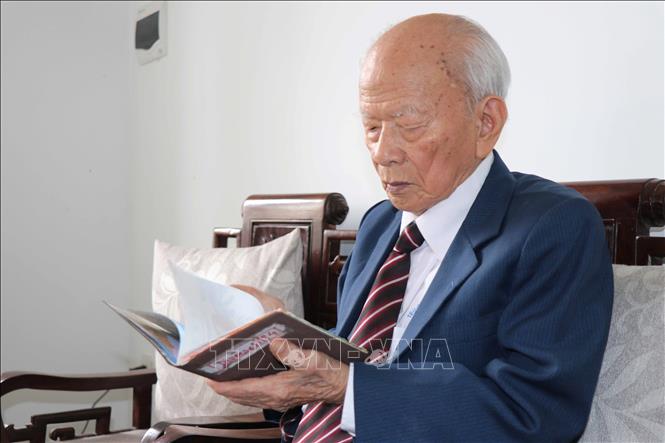

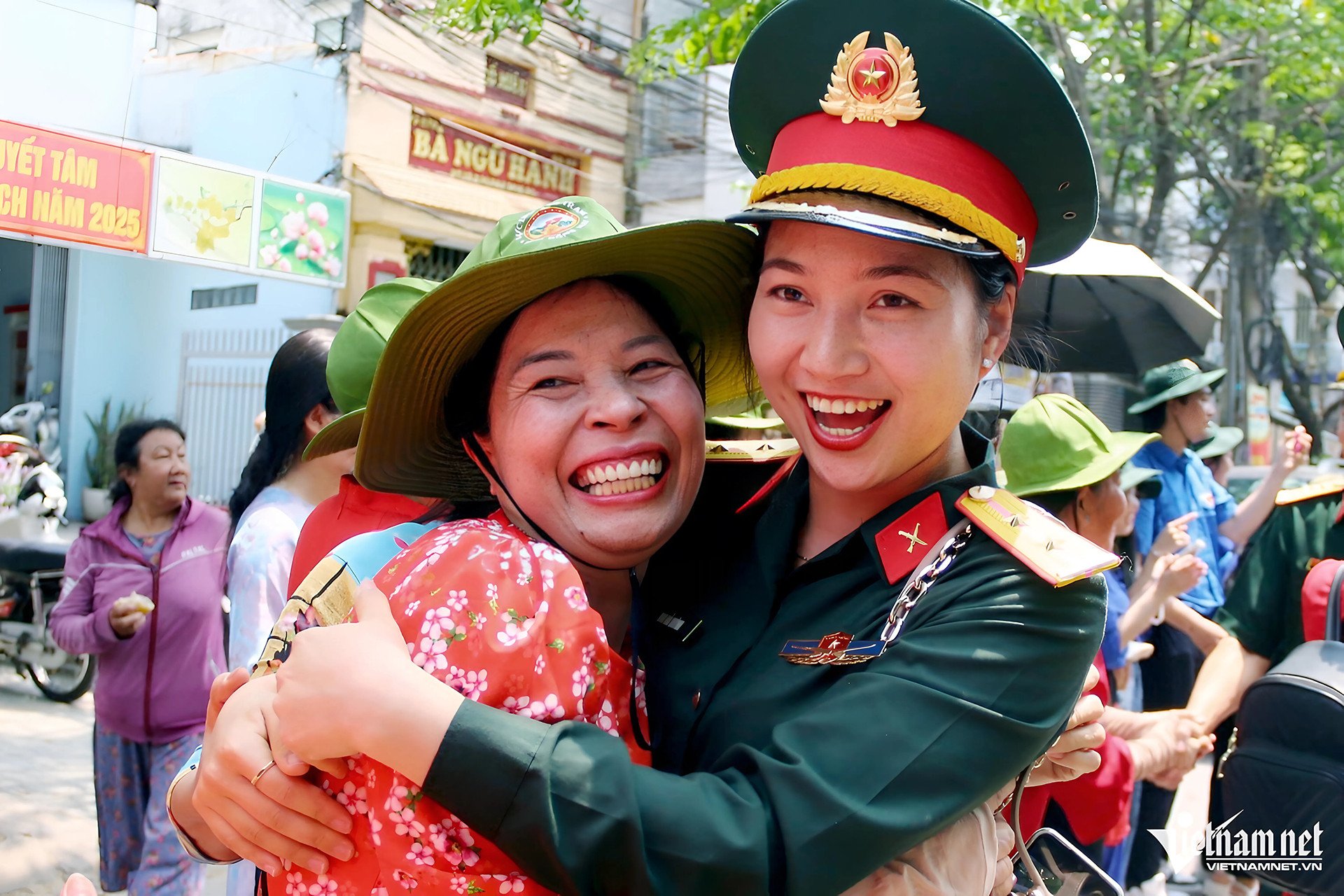
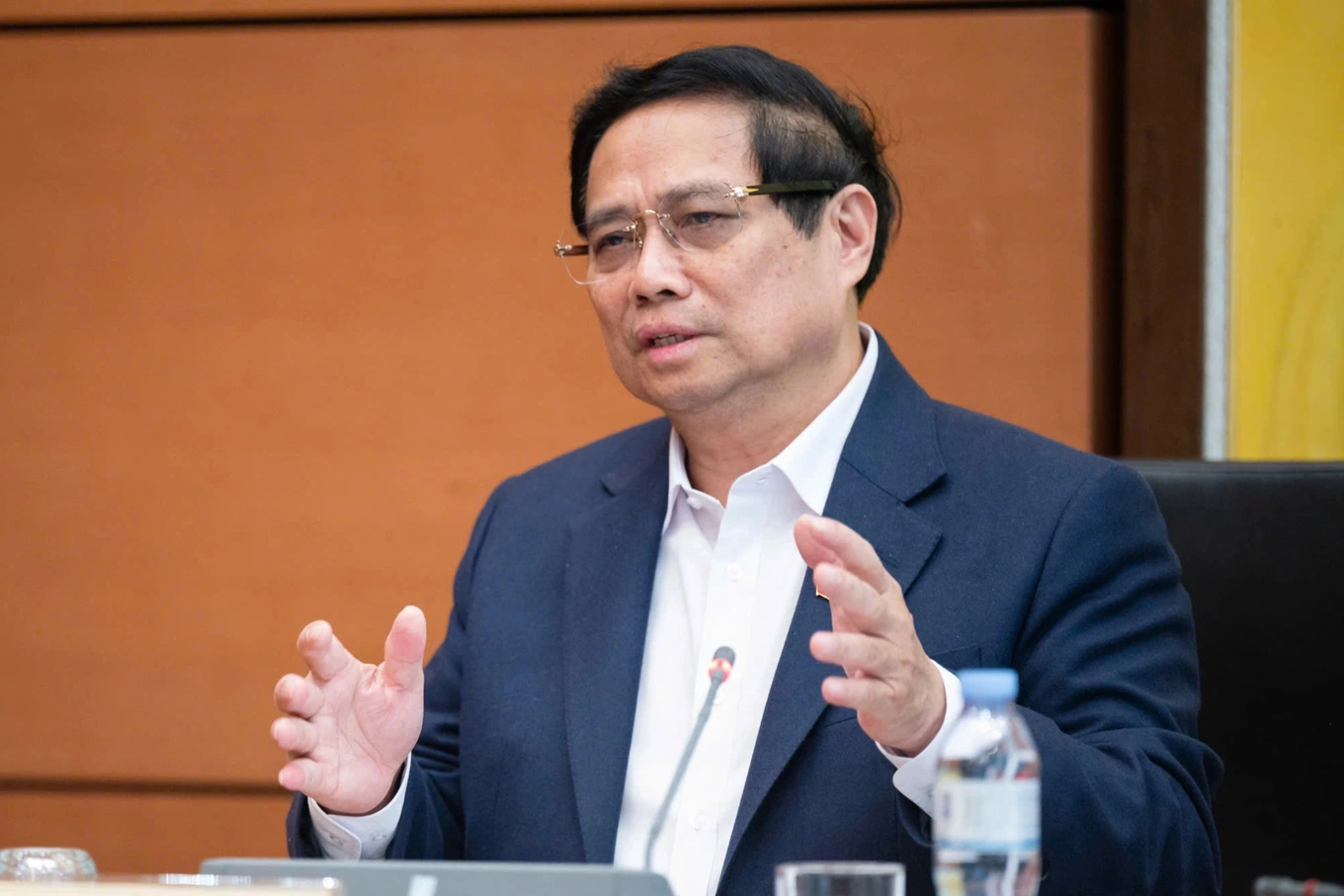








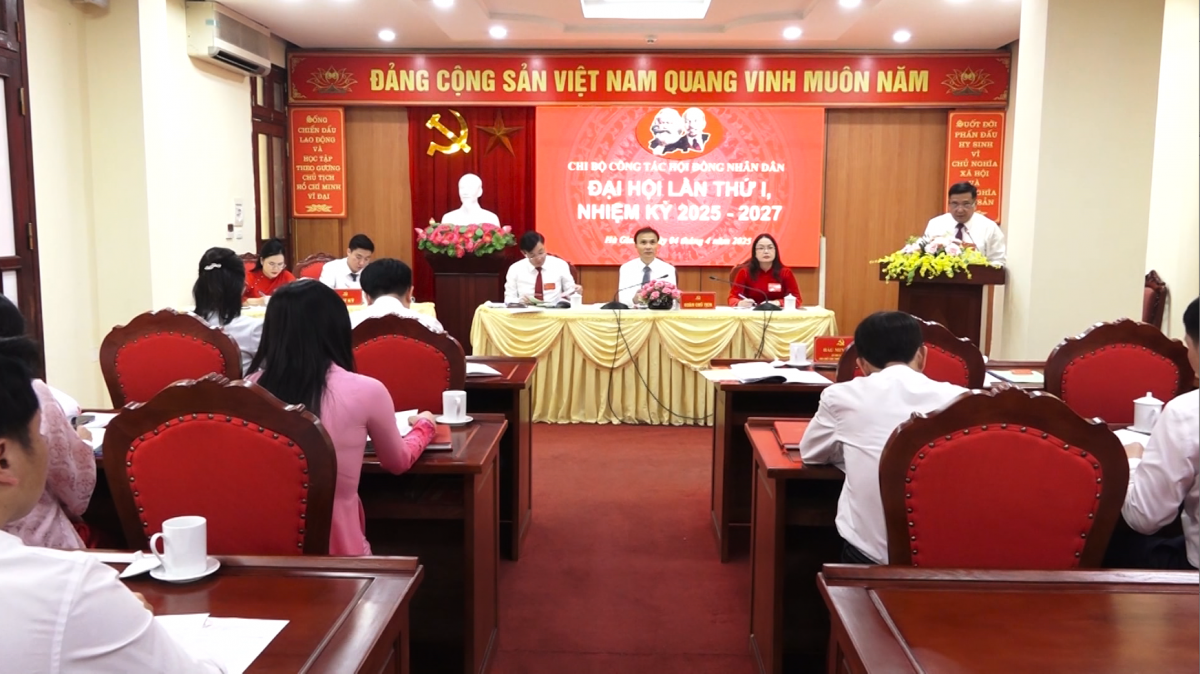
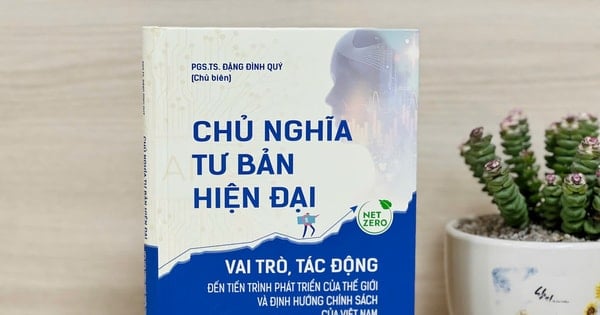



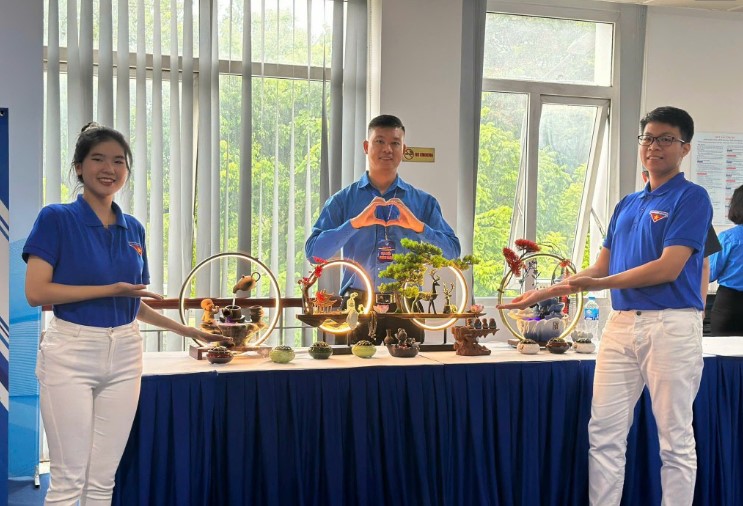
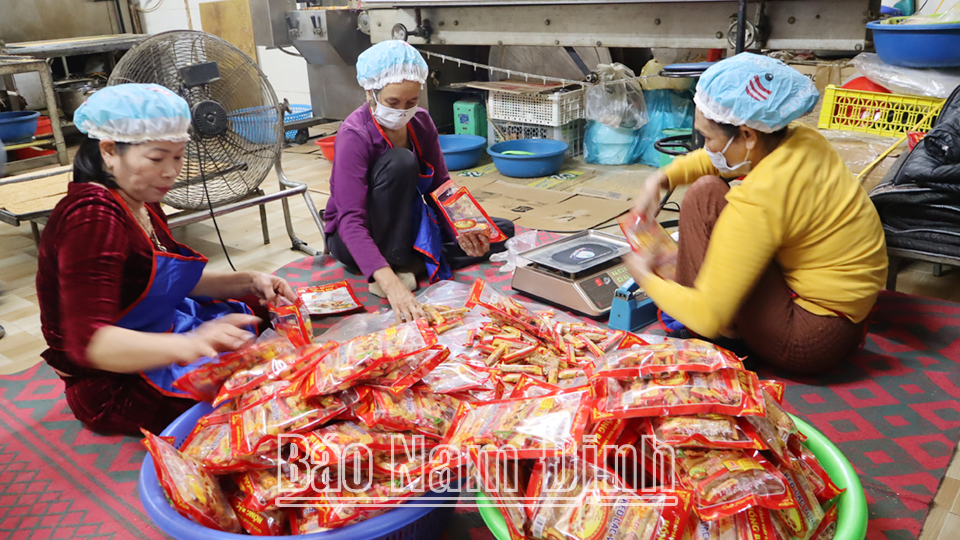





Comment (0)